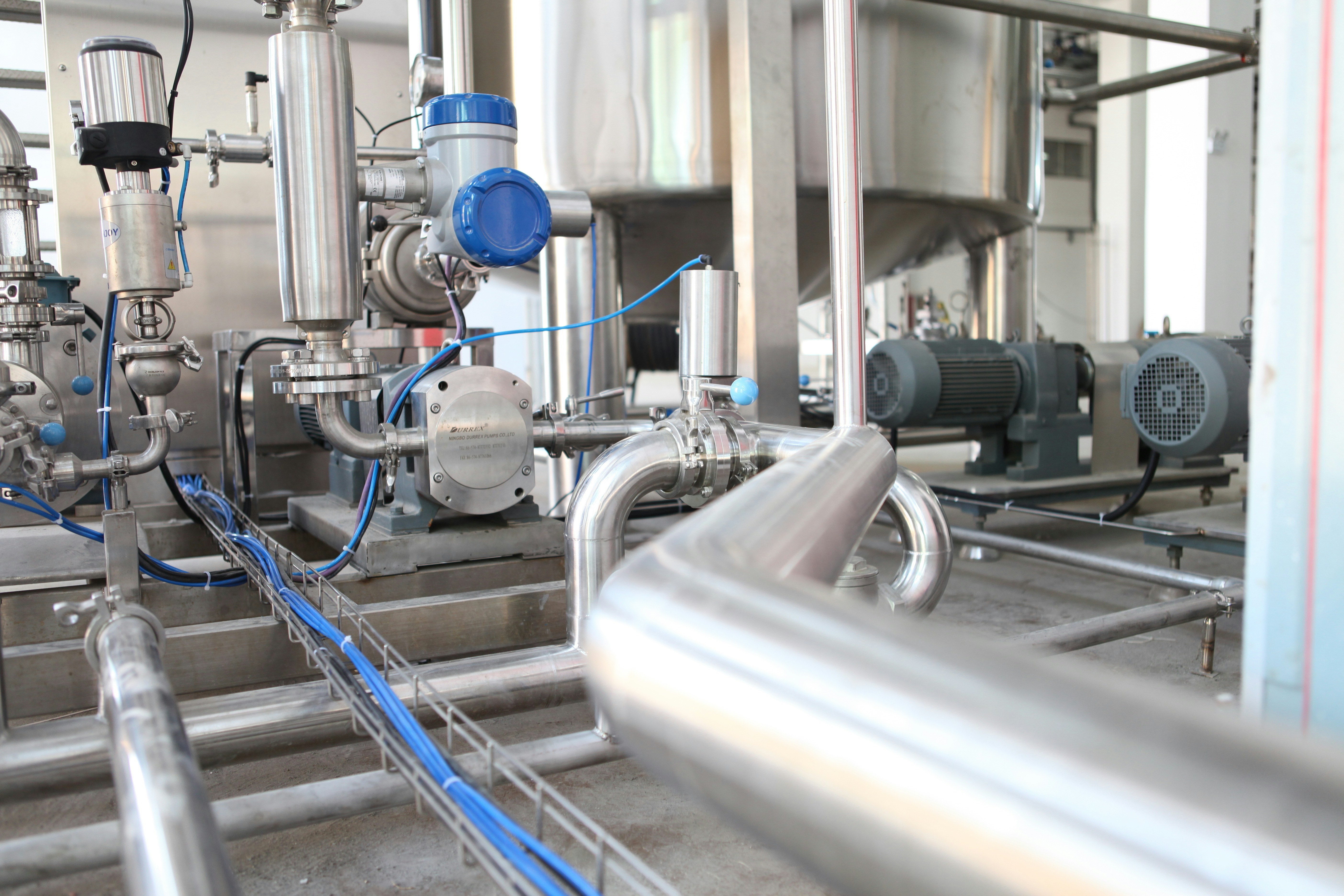
Introduction to IIoT
The Industrial Internet of Things (IIoT) represents a paradigm shift in how industries approach automation. By integrating smart devices and sensors into machinery and processes, IIoT enables significant advancements in efficiency, productivity, and safety. This article explores how IIoT will change the landscape of industrial automation.
Enhanced Data Collection and Analysis
One of the primary ways IIoT will change industrial automation is through enhanced data collection and analysis. Traditional systems often rely on manual data input, which can introduce errors and lag in decision-making. With IIoT, real-time data is gathered from connected devices, providing insights that can lead to more informed operational strategies. The ability to track equipment performance and predict maintenance needs ensures that industries can minimize downtime and maximize output.
Improved Operational Efficiency
Furthermore, IIoT introduces a new level of operational efficiency. Automated systems can respond to data trends and anomalies much faster than human operators. For example, an automated manufacturing line can adjust its speed and output based on machine health and product demand signals. Consequently, businesses can optimize their workflows, reduce waste, and lower operational costs—ultimately leading to higher profitability.
Conclusion and Future Prospects
In summary, IIoT is set to transform industrial automation in profound ways. From improved data analytics to enhanced efficiency, industries that embrace this technology will gain a competitive edge. As IIoT continues to develop, the future promises even greater innovations that will further streamline industrial processes and redefine productivity standards.





Leave a Reply